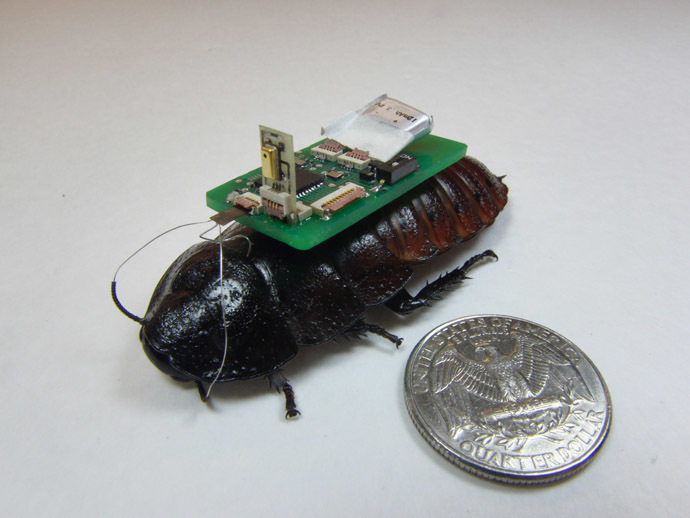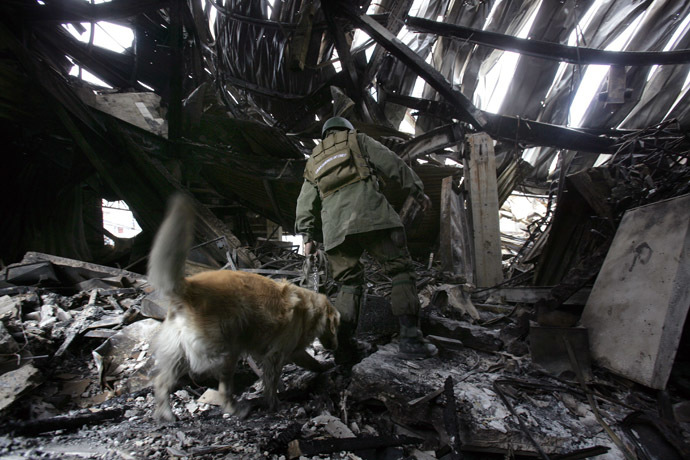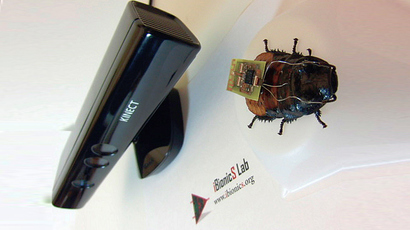Cockroaches to the rescue: 'Cyborg' insects can help save people trapped in earthquakes

There may be a time when the sight of a cockroach crawling toward you brings joy and relief, rather than disgust. US university researchers have developed 'cyborg cockroaches' to help save human lives in search-and-rescue missions.
The new project from scientists at North Carolina State University has cockroaches equipped with electronic backpacks and microphones that control the insects' movements and help locate humans in enclosed spaces. The remote-controlled cockroaches – or "biobots" – are programmed to save people's lives in case of disasters, such as the aftermath of earthquakes.
"Insect biobots, with a natural ability to crawl through small spaces, offer unique advantages over traditional synthetic robots," says the study, titled "Acoustic Sensors for Biobotic Search and Rescue."

The science experiment is based on sensitive microphones that are attached to insects' bodies with an aim to find people trapped in tight spaces. The cockroaches seek out the source of a sound and help identify its nature.
"The goal is to use the biobots with high-resolution microphones to differentiate between sounds that matter, like people calling for help – from sounds that don’t matter, like a leaking pipe," Alper Bozkurt of the research team said, adding that sound is the best way to find survivors in a collapsed building.

The technology involves several tiny microphones that detect the direction of the sound, analyze and localize its source and steer the biobot in that direction. The system has worked well during laboratory testing, scientists say.
An "invisible fence" keeping the biobots at the disaster site and "within range of each other so that they can be used as a reliable mobile wireless network" has also been developed. The same fencing technology can be applied to steer the controlled insects to light sources, to recharge their electronic backpacks using miniaturized solar panels, the study says.
For decades, various scientific research studies have concentrated on utilizing cockroaches for predicting earthquakes, rather than using the insects to help deal with their aftermath. Cockroaches have been listed among a dozen other species, whose unusual behavior, such as an increase in activity, can tip off humans about impending natural disasters.













